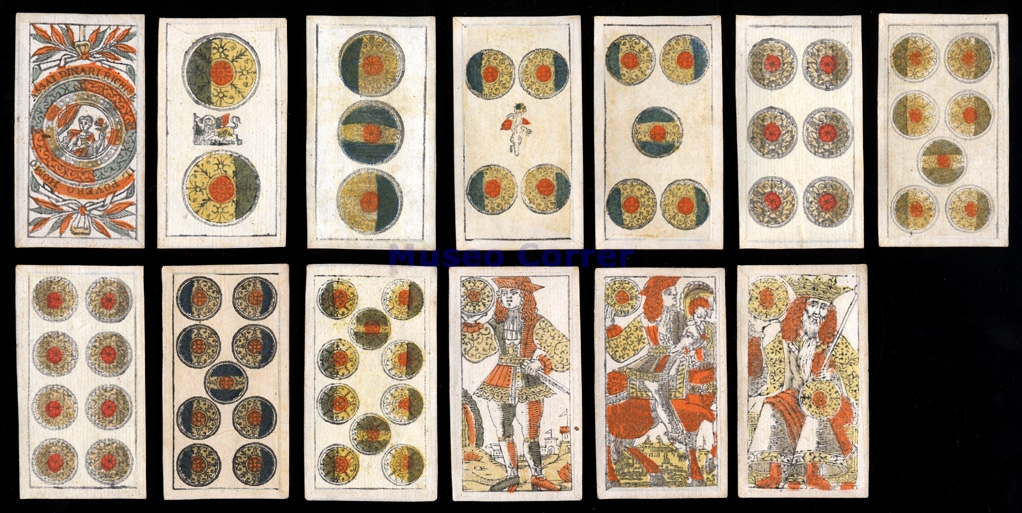Battledore and Shuttlecock
One such game that was popular during Regency England was Battledore and Shuttlecock. A combination of modern day badminton and hacky-sack, two or more players would attempt to keep the feathered shuttlecock in the air by hitting it with small rackets, called battledores.

As near as anyone can tell, this game originated in Greece around 1BC. Although it appears to have initially spread east from there so he likely never played it, the fact that people played this game while Jesus walked the earth is a little mind-boggling.
The game remained largely unchanged until the mid-1800s when the English added a net to the game and it became badminton.
It isn’t surprising, really, that such a simple game remained popular for so long, when you consider people’s natural tendency to play “keep it up” with just about anything. The hack-sack craze in the 1990s, a beach ball in a stadium full of people, or a balloon in the midst of more than one toddler. We love to see how long we can defy gravity.
Bowls
Similar to modern day Bocce, Bowls, or lawn bowling, is not nearly as old at Battledore and Shuttlecock, but it was certainly not new to the Regency game player. Definitively traced back to the 13th century, Bowls was played with a series of balls, specially formed with a bias so they would roll on a curve.

In simple terms, Bowls is played by seeing who can get their ball the closest to the “jack” a smaller white ball thrown out at the beginning of the game as a target. This game could be played alone or in teams, making it ideal for either a leisurely family afternoon or a house party event.
The game became so popular, that Henry VIII feared the practice of archery – then a crucial element of battle – would suffer. He made it illegal for all but the wealthy to partake of the game, leaving those who made bows, arrows, and arrowheads plenty of time to work on their craft. Even the well-to-do were limited, with the rule that they could only play on their own lands and must pay a fee of 100 pounds to maintain their own bowling green.
This ban was lifted shortly after the Regency ended and today it remains one of the main lawn games played in English-cultured nations around the world.
Did you play lawn games growing up? What is your favorite? What
Originally posted 2013-05-27 10:00:00.
















